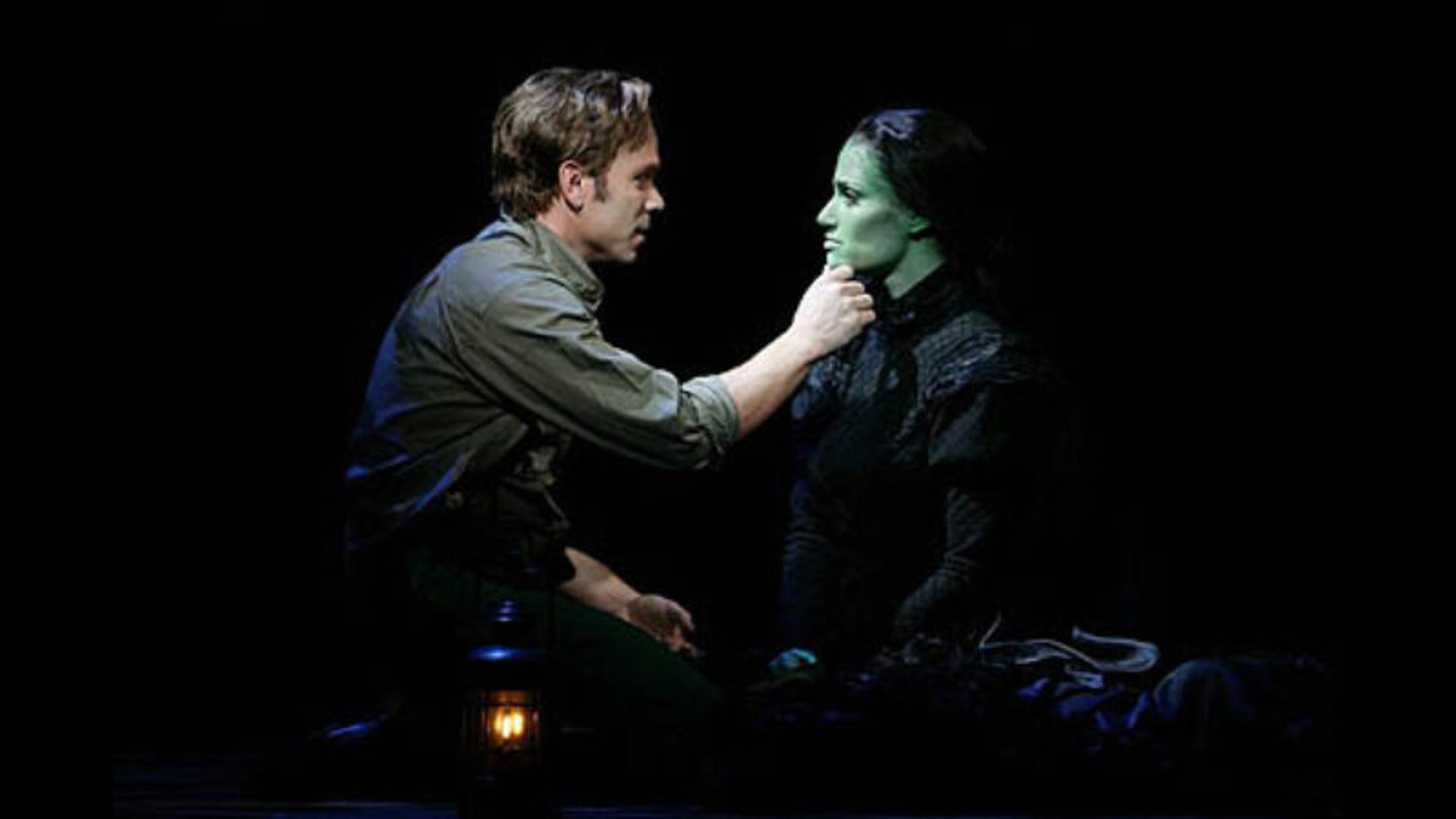As the U.S. heads into colder months, two astronomical events are sure to delight, and give us an excuse to go outside and look up in wonder at outer space.
The winter solstice, when the sun appears at its lowest point in the sky in the Northern Hemisphere, will also be when it appears to be at its farthest southern point over Earth, located over the Tropic of Capricorn.
As Dr. William Teets, the director of Vanderbilt University's Dyer Observatory, told the Associated Press, the winter solstice is the shortest day for those in the Northern Hemisphere, but oddly enough it's not the day with the latest sunrise and the earliest sunset (which actually happens two weeks before and two weeks after the winter solstice).
What we will be witnessing will be caused by the Earth's changing distance from the sun, which is caused by our planet's elliptical, not circular, orbit, which also changes speed.
The sun isn't always in the same spot in the sky. It's higher in summer and lower in winter.
The 'great conjunction'
On Monday Dec. 21 we will witness a phenomenon known as 'the great conjunction.' As Saturn and Jupiter have begun to appear close together in the sky throughout the year, on Monday Dec. 21 the two planets will appear so close that some may find it difficult not to see them as one object in the sky, Dr. Teets told the Associated Press.
How to view the event
You should be able to view the two planets in the sky, depending on weather, with your own eyes. But, be ready to go outside and look up right at dusk because the planets will set right after sunset, experts say.
The Dyer Observatory will be streaming a live view of the event in the sky from one of their telescopes Monday night and will be answering questions. Again, this will all depend on weather of course, allowing for visibility of the planets through the atmosphere.
According to experts, you should be able to easily spot both planets in the sky around dusk with a pair of binoculars, or a small telescope, if you have one. This conjunction will be such a rare event because you will find it almost impossible to see both planets separately on Dec. 21.
In 2000 a great conjunction happened, but the two planets were still separated by about two full-Moon widths, so you could differentiate the two in the sky.
The Associated Press contributed to this report.



